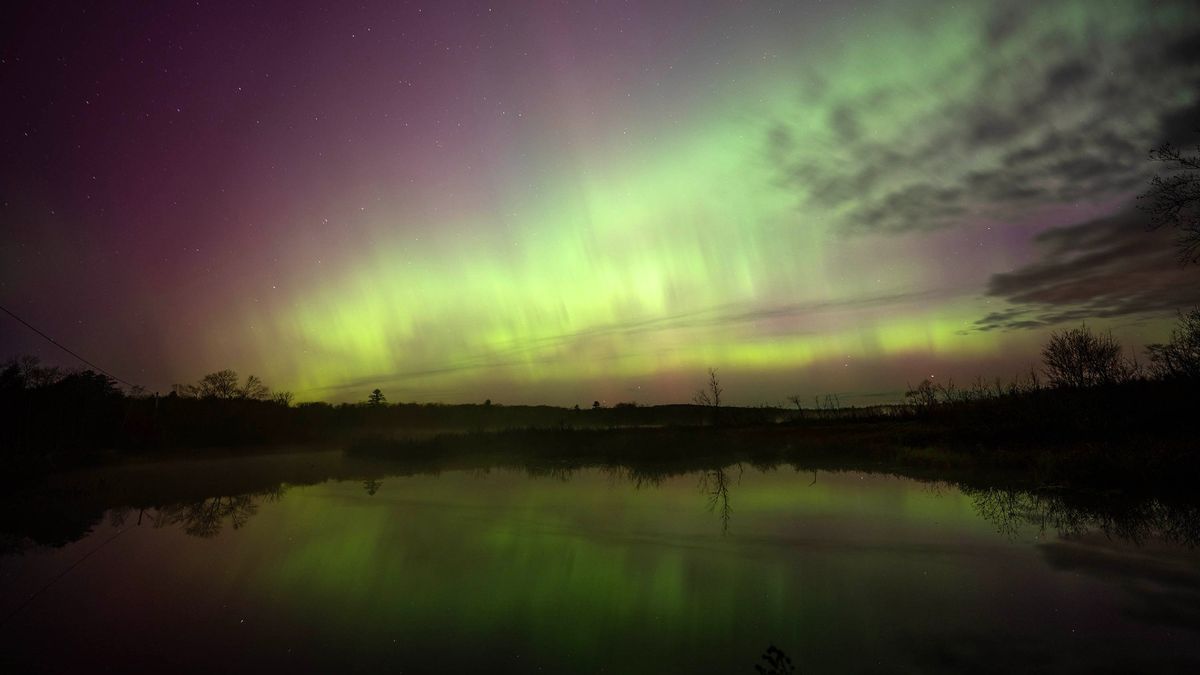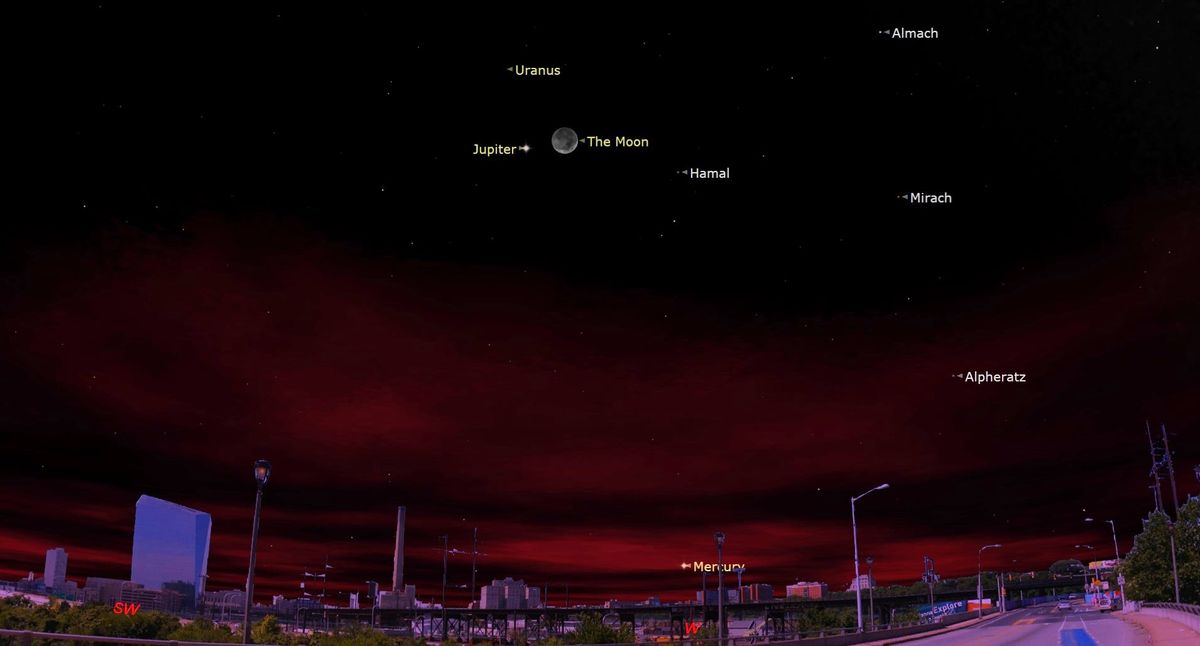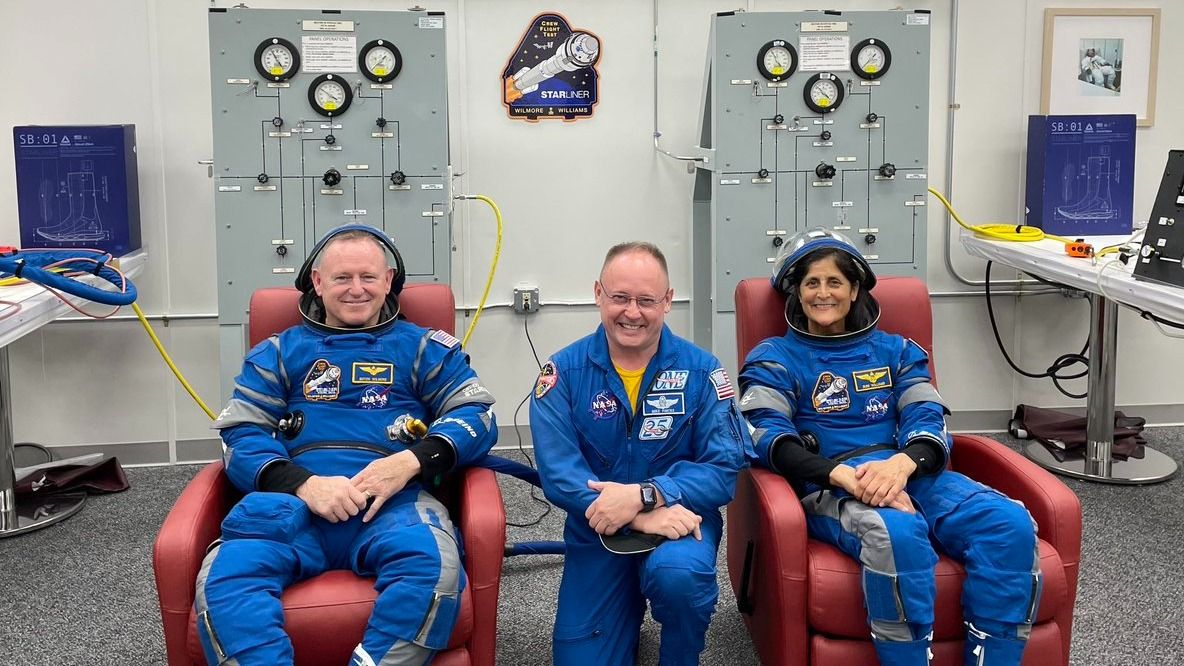The Impact of Geomagnetic Storms on Technology
Witnessing the aurora borealis is undoubtedly a captivating experience, yet the same natural phenomena that give rise to these brilliant displays can also pose risks to our technological infrastructure. Last weekend, as historic geomagnetic storms escalated to the extreme G5 category, concerns emerged regarding potential disruptions to essential systems. Satellite operators such as SpaceX confirmed that their Starlink satellites successfully withstood the storm, while government agencies like the National Oceanic and Atmospheric Administration (NOAA) reassured the public that their assets remained unscathed.
Space Weather Forecasting
Space weather forecasts are crucial for anticipating and preparing for the impact of geomagnetic storms. NOAA’s Space Weather Prediction Center (SWPC) plays a vital role in providing real-time updates, alerts, and warnings to stakeholders. By monitoring coronal mass ejections and predicting their arrival time on Earth with remarkable accuracy, forecasters enable power companies to implement precautionary measures and minimize disruptions to the electrical grid.
Bill Murtagh, program coordinator for the SWPC, emphasized the importance of proactive communication with power grid operators to mitigate the effects of geomagnetic disturbances. Following a directive from the Department of Energy, grid operators are mandated to assess their vulnerabilities and develop mitigation strategies to enhance resilience against space weather events.
Challenges and Progress in Forecasting
Despite advancements in space weather forecasting, uncertainties persist in predicting the behavior of geomagnetic storms. The recent event involving multiple consecutive coronal mass ejections presented forecasting challenges due to the complexity of assessing their impacts. Scientists grapple with understanding the variations in solar activity and the factors influencing the intensity of space weather events.
While the geomagnetic storm on May 10 reached G5 status, comparative analyses with past solar events reveal the relatively lower levels of solar radiation observed during this event. NOAA’s analysis of the 2003 Halloween storm underscored the potential for extreme geomagnetic disturbances and high solar radiation levels, underscoring the need for continuous monitoring and preparedness.
Future Outlook and Enhancing Preparedness
As we approach the solar maximum and anticipate heightened solar activity in the coming months and years, bolstering our understanding of coronal mass ejections is paramount for enhancing space weather forecasts. By leveraging insights gained from each geomagnetic storm event, scientists aim to refine predictive capabilities and empower stakeholders to proactively respond to potential disruptions.
Ultimately, ongoing research into space weather phenomena not only safeguards our technological infrastructure but also enriches our appreciation of natural marvels like the aurora borealis. Continuous vigilance and collaboration across scientific disciplines will guide us through the complexities of space weather forecasting as we navigate the dynamic interaction between the sun and Earth.
Image/Photo credit: source url





